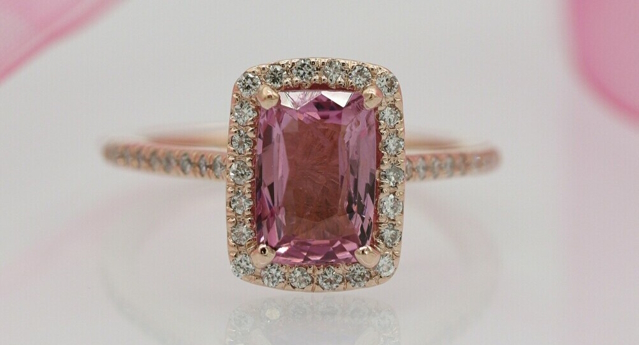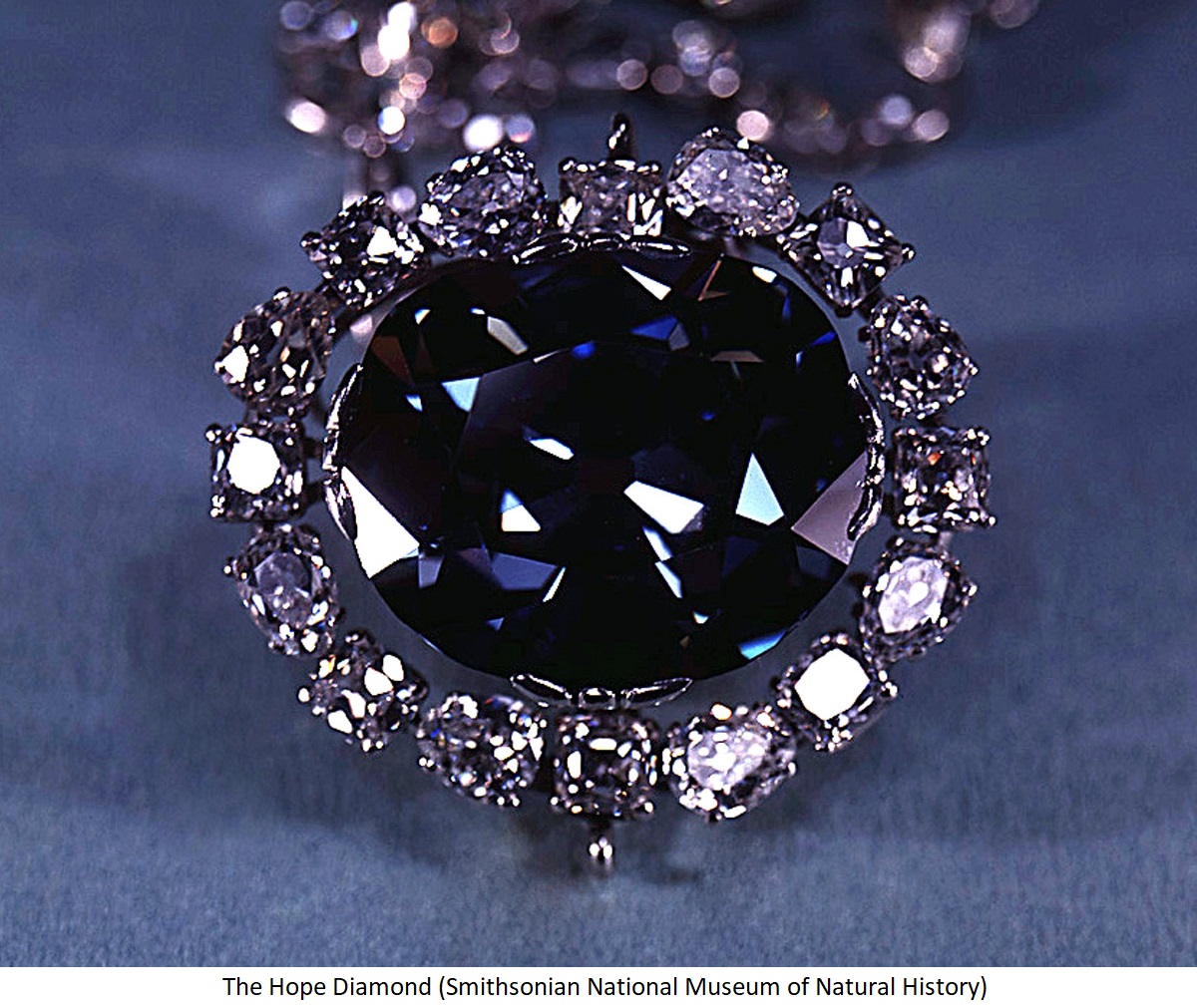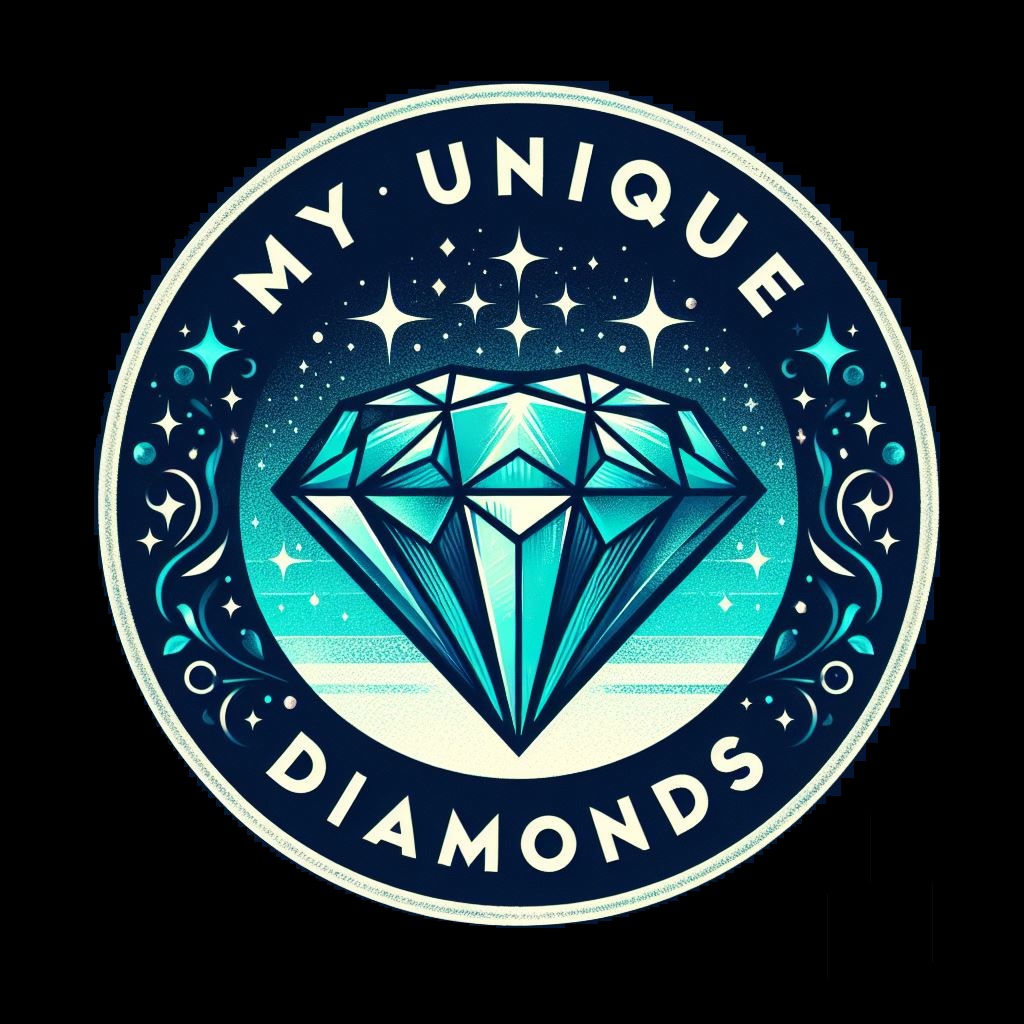Did you know that not all diamonds sparkle in the same light? Some flaunt a vibrant array of natural colors, while others boast a clear, icy appearance. I’m going to help you understand what sets these two diamond categories apart and why it matters.
A colorless diamond, often seen as the traditional choice for engagement rings and fine jewelry, is prized for its lack of color. The less color, the higher the grade, and possibly, the price. In contrast, natural colored diamonds come in a rainbow of hues, from yellows and blues to pinks and greens. Each hue sings a different song of geology, with minute elements and conditions during formation painting a unique color story.
It’s the rarity of colored diamonds that typically ignites interest and hikes up their price tags. For instance, red and blue diamonds are exceedingly rare, turning them into the celestial bodies of the diamond universe. They are collectibles that appeal to both the heart and the investment portfolio.

Let’s turn an eye to the 4Cs of diamond quality to further comprehend their importance in the world of diamonds. The universal language of ‘Color, Cut, Clarity, and Carat’ size helps us dig beneath the surface. While the 4Cs are vital in grading colorless diamonds, it’s the first C, ‘Color’, that flips the script for its colored counterparts. The richer the color, the better the grade—a sheer contrast to the valuation of the colorless stones.
So here’s the catch: understanding the harmony of these elements is key. A colorless diamond might score top marks in clarity and cut but fall short in the presence of color. Yet, a colored diamond could exhibit a lesser clarity and still demand a standing ovation for its exceptional hue.
The Allure of Color: Why Natural Colored Diamonds Appeal
I’m going to let you in on a little secret: natural colored diamonds aren’t just eye-catching, they’re teeming with emotional significance and rich symbolism. These gems have a way of telling a story, much like a piece of art. Each hue, from the fiery reds to the deep blues, has its own narrative that’s often tied to our deepest sentiments and cultural history.
Now, what’s fascinating is the historical and cultural impact that these vibrant beauties have made over the centuries. Take, for instance, the Hope Diamond’s storied past that threads through royal lineage and high society, or the intense green Dresden Green, whose legacy is just as colorful as its appearance. Natural colored diamonds have graced crowns, adorned celebrities, and even become central characters in tales of intrigue and lore.

In my opinion, diving into the market demand for these stones is like exploring a rainbow of wealth. The most sought-after hues – pinks, blues, and yellows, for example – fetch impressive figures at auction, highlighting their desirability among connoisseurs and collectors alike. The rarity of certain shades, such as red or violet diamonds, skyrockets their value, making them the superstars of the diamond world.
Considering them as an investment? You’re not alone. The long-term value trends of colored diamonds typically outshine colorless ones due to their rarity and the increasing demand among investors and aficionados. While colorless diamonds are timeless, choosing a colored diamond might reflect a savvy financial foresight mixed with a penchant for the unique and luxurious.
Making the Choice: Selecting Between Natural Colored and Colorless Diamonds
When you’re standing at the crossroads of choosing between natural colored and colorless diamonds, it’s not just a matter of cost or what’s trending. It’s about what speaks to you. You might find that a colored diamond captivates you with its unique story or that the timeless elegance of a colorless one resonates more with your personal style.
If you’re aiming for a diamond that stands out, consider the natural colored varieties. But remember, authenticity is key. Always insist on a certificate from a reputable gemological lab. This is critical for peace of mind and future value retention.

Don’t overlook the way light plays with your diamond. A colorless stone might shine bright across a variety of settings, while a colored one could dazzle most within a complementary environment that accentuates its unique hue.
Lastly, the upkeep of your precious gem should also influence your decision. While both types demand careful maintenance, colored diamonds might need a bit more attention to keep their color vivid and true to form.
No matter your pick, choose something that you’ll cherish. Your diamond doesn’t just adorn you; it tells a story. So why not make it a story that you’re thrilled to share? And if you ever feel stuck, I’m here to help you navigate through your diamond discovery journey.
